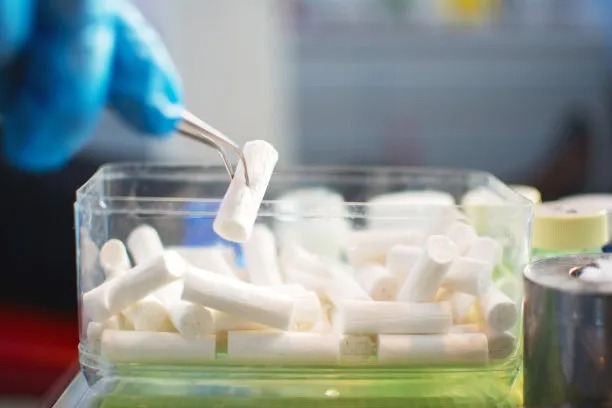Important Precautions to Consider Before and After Undergoing a Dental Filling Procedure for Optimal Oral Health
Summary: Undergoing a dental filling procedure requires careful consideration of various important precautions to ensure optimal oral health. This article focuses on four critical aspects: choosing a qualified dentist, understanding the filling materials, adhering to pre-procedure instructions, and following post-procedure care guidelines. By emphasizing these key areas, patients can enhance their overall experience and reduce the risk of complications, leading to healthier teeth and gums. Proper education about filling procedures and the required maintenance can have long-lasting positive effects on one’s oral hygiene.
1. Choosing a Qualified Dentist Is Crucial

The first step to a successful dental filling procedure lies in selecting a qualified dentist. It is essential to research and find a dental professional with the right credentials and experience in restorative dentistry. Look for reviews, recommendations, and consult your insurance provider for a list of covered specialists.
Once you have a shortlist, consider scheduling consultations. A good dentist should be able to explain the filling procedure clearly, allay your fears, and answer your questions comprehensively. Engaging with your dentist beforehand helps to build a rapport and ensures you feel comfortable during the actual procedure.
Moreover, consider a practitioner who uses advanced technology and has a well-maintained practice. This can often indicate a commitment to high-quality care and can influence the effectiveness and comfort of your filling procedure significantly.
2. Understanding Filling Materials and Techniques
Before undergoing the filling procedure, it is important to understand the different types of filling materials available. Common options include amalgam, composite resin, porcelain, and glass ionomer, each having its own benefits and drawbacks. Discussing these options with your dentist can help you make an informed choice based on your particular dental needs.
Composite resins, for example, are often preferred for their aesthetic appeal, while amalgam is known for its durability and cost-effectiveness. Understanding the characteristics of each material enables you to weigh durability against appearance and cost, ultimately aiding in your decision-making.
Additionally, learn about the techniques implied in the filling procedure. Modern methods, such as laser dentistry, are less invasive and can lead to a quicker recovery compared to traditional approaches. Being informed about the options allows you to have a meaningful dialogue with your dentist and make decisions that best align with your preferences and needs.
3. Adhering to Pre-Procedure Instructions
Prior to your dental filling, following any pre-procedure instructions from your dentist is essential. Patients are often advised to avoid certain medications, particularly blood thinners, and to inform their dentist about any medications currently being taken.
Additionally, its crucial to maintain a routine oral hygiene regimen leading up to the procedure. Brush and floss diligently to minimize the risk of infection, which can complicate the filling process. Maintaining optimal oral hygiene can lead to better outcomes and decrease the risk of further dental issues.
Hydration and nutrition also play important roles. Eating a balanced meal before the procedure can help stabilize your blood sugar levels, while staying hydrated ensures that your body is functioning optimally. This preparation can significantly impact your comfort level during the procedure.
4. Following Post-Procedure Care Guidelines
After the filling is completed, adhering to aftercare guidelines is vital for ensuring the longevity of the filling and your overall oral health. Your dentist may recommend avoiding hard or sticky foods for at least 24 hours to allow the material to set properly.
Pain or sensitivity may occur post-procedure; your dentist will likely suggest over-the-counter pain relief options. Monitor your discomfort, and if it persists or intensifies, return to your dentist for further evaluation.
Regular follow-up appointments should also be scheduled to ensure the filling is functioning as intended and to receive professional cleanings. This not only preserves the integrity of the filling but also helps to maintain overall oral health.
Summary:
In conclusion, preparing for a dental filling involves several important precautions, from choosing a qualified dentist to understanding the materials used, adhering to necessary pre-procedure requirements, and following up diligently after the procedure. By taking these steps, patients can enhance their dental experience and promote a healthier smile in the long run.
This article is compiled by Vickong Dental and the content is for reference only.



